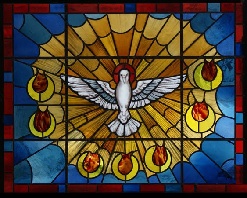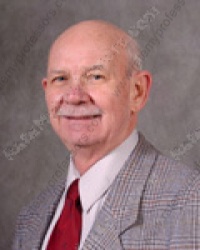Alternate Reality and the Mystic Tradition
Home » Articles and News » Alternate Reality and the Mystic Tradition
By John J. Pilch, Ph.D., Johns Hopkins University, Baltimore, MD.
 Happy Birthday, Felicitas! To celebrate what would have been the 100th birthday of Dr. Felicitas Goodman, I want to acknowledge two major insights about alternate states of consciousness (ASCs) that I learned from her. First, I acknowledge the same insights she gained from her mentor and friend, Dr. Erika Bourguignon: that alternate states of consciousness are entirely normal, and they are institutionalized in religious observances in many societies. Second, ritual is essential to the experience. Without ritual, either it does not happen or the experience is vacuous, it has no meaning.
Happy Birthday, Felicitas! To celebrate what would have been the 100th birthday of Dr. Felicitas Goodman, I want to acknowledge two major insights about alternate states of consciousness (ASCs) that I learned from her. First, I acknowledge the same insights she gained from her mentor and friend, Dr. Erika Bourguignon: that alternate states of consciousness are entirely normal, and they are institutionalized in religious observances in many societies. Second, ritual is essential to the experience. Without ritual, either it does not happen or the experience is vacuous, it has no meaning.
While collaborating with a colleague in writing a commentary on the biblical book of Revelation in 1992, he suggested that I consult Goodman’s work. When I did and returned to our commentary, I realized that from Genesis (when God put the first creature into trance to create a helpmate for him) to the book of Revelation (in which the author explicitly states four times that he is in trance) the Bible is filled with ASC reports. The prophets communicated with God in ASCs, and the author of Revelation took sky journeys to the realm of God in order to get the divine perspective on the earthly realm (Rev 4:1-2; 21:20). It was an exhilarating discovery for us.
As a cradle Catholic Christian formed in the Franciscan tradition, I was quite aware of mysticism as part of my millennia long heritage. However, I had been led to believe that this was something rare, a gift endowed only upon a select few, often only “saints.” The road toward achieving mystical states was long and arduous consisting of three stages: purgative, illuminative, and unitive. Ultimately, of course, it was (and still is) up to God to make contact with the individual and to invite that person into the divine company.
Studying the Bible with Felicitas’ insights uncovered for me many hitherto unrecognized reports of ASCs. For example, in the twenty-eight chapters of Acts of the Apostles alone, Luke’s sequel to his Gospel describing the life of Jesus’ followers after he returned to the Father, there are more than twenty reports of ASC experiences. In my book, Visions and Healing in Acts of the Apostles: How the Early Believers Experienced God (Liturgical Press, 2004), I analyze these reports. In two appendixes, I explain how the elements of Felicitas’ proposed ritual appear to be confirmed in these reports. But most significantly, I point out how the ancient architects of the Christian liturgy (“the Mass”) intended this celebration to present an opportunity for encountering Jesus and his Father in an ASC at the consecration.
Like other members of Cuyamungue Institute, I have adapted Felicitas’ ritual and its elements to my own traditions. My recent book, Flights of the Soul: Visions, Heavenly Journeys, and Peak Experiences in the Biblical World (Eerdmans, 2011) testifies to my debt to Felicitas. Without her insights, my traditions might still be historical fossils for me. Now, however, they have been revivified for me by her insights, and their empowering properties have been recharged.
Thank you, Felicitas.
John J. Pilch, Ph.D
E-mail: tenoremagnifico@verizon.net
website
John J. Pilch, Ph.D. took an introductory week-end workshop with Dr. Goodman in Santa Fe (June, 2000) after a short period of communication with her by mail prior to that. He has been a member of the Annapolis (MD) group since May, 2000 and was certified as a practitioner by the Institute in 2003. John dedicated his book Visions and Healing in Acts of the Apostles: How the Early Believers Experienced God(Liturgical Press, 2004) to Dr. Goodman as a tribute to her research and insights which continue to enrich his own research and publications. In this book, he has adapted Felicitas’ insights and methods to Catholic Christian traditions and spirituality.
John served for 18 years as a adjunct professor of biblical studies the Theology Department at Georgetown University, Washington, D.C. and a member of the International Society for Shamanistic Research, Budapest, Hungary.
Home » Articles and News » Alternate Reality and the Mystic Tradition
